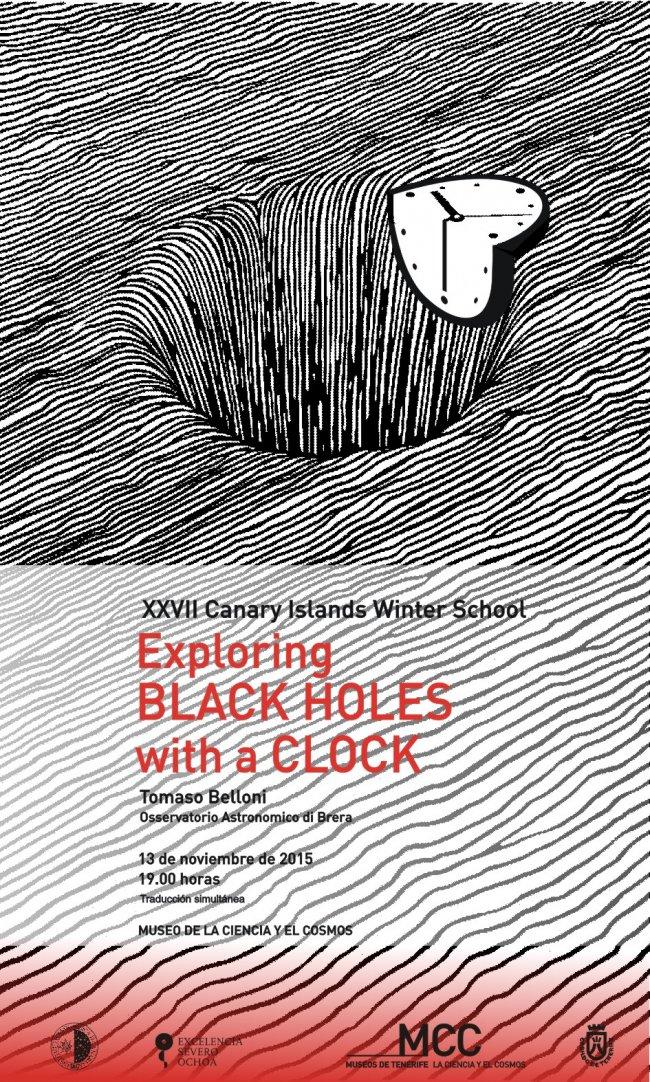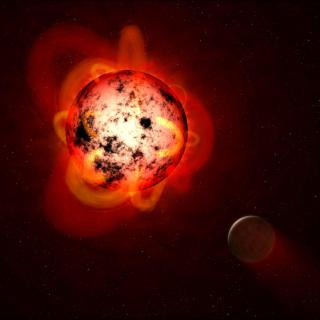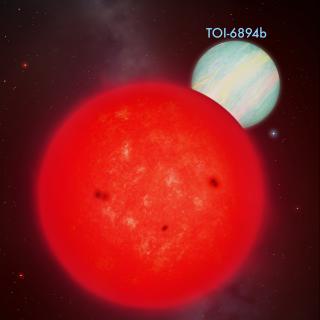Imagine a person wearing a white robe, holding a pocket watch with one hand, walking slowly towards a black hole that pulls her… because black holes are son dense that even light cannot escape from them, aren’t they?
Despite this image’s attractiveness, Tomaso Belloni will look during his lecture at a more realistic way of using time to learn more about these astronomical objects and, (why not), validate once more the Theory of General Relativity by the famous scientist Albert Einstein.
Current telescopes in orbit around the Earth allow us to observe the most extreme regions in the universe, those lying only a few kilometres from black holes and neutron stars, both remnants of the death of massive stars. We will learn that matter in these regions is subject to very strong gravitational forces that generate extremely high-energy radiation, in X rays.
Belloni will explain how gas near a black hole orbits around it hundreds of times per second and how this gas while “turning and turning” sends impulse signals. These signals allow us to probe extreme space-time to confirm our knowledge of the fundamental laws of our Universe. It is here that we can really test Einstein’s theory, using that rotating gas as a probe. In 1919 General Relativity was experimentally confirmed for the first time: the astrophysicist Arthur Eddington observed during a solar eclipse how radiation from stars was curved due to the presence of a massive body, the Sun.
This public lecture is one of the activities of the XXVII Canary Islands Winter School of Astrophysics on High Time Resolution Astrophysics, organised by the Instituto de Astrofísica de Canarias (IAC), and will be held to Friday 20th November at the main conference room of the IAC headquarters, in San Cristóbal de La Laguna, Tenerife.
Lecturer biography:
Tomaso Belloni was born in Milano (Italy), where he studied at the local university. Afterwards he worked at the Max-Planck Institute for Extraterrestrial Physics, in Munich (Germany), and at the University of Amsterdam (The Netherlands). Since 1999, he is an astronomer at the INAF - Osservatorio Astronomico di Brera (Italy) and a visiting professor at the University of Southampton (United Kingdom).
He works on high-energy astrophysics, binary systems with compact objects. In particular he focuses on the time variability of the high-energy emission from black holes and neutron stars.



